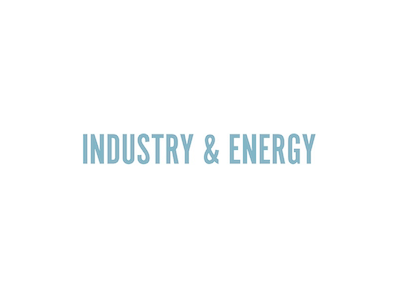Germany – RWE plans to add at least 2 gigawatts (GW) of gas-fired power plant capacity as part of its “Growing Green” strategy.
There will be a clear decarbonization path provided for these new plants. RWE is developing a plan for existing plants to be ready for clean operations.
After this, RWE Generation SE (RWE) plans to construct a hydrogen-powered gas turbine in Lingen, Germany, in partnership with Kawasaki Heavy Industries (Kawasaki), one of the world’s leading turbine manufacturers. At RWE’s Emsland gas-fired power plant, it will be used to test the conversion of hydrogen back into electricity. The project is the first of its kind to use an industrial-scale gas turbine to convert 100% hydrogen to electricity. Midway through 2024, the plant, which is expected to produce 34 MW, could go into operation.
The Kawasaki gas turbine can run on hydrogen, natural gas, or any combination of the two, allowing for maximum fuel flexibility. There will be frequent fluctuations in the amount of green gas available for reconversion before continuous hydrogen economy operation is possible.
The turbine will be put through its paces under various operating loads ranging from 30 to 100 percent during the pilot project. As the share of renewable energy in the power grid increases, the load curves of gas turbines can be expected to fluctuate as a result of changes in weather conditions.
Two Kawasaki combustion systems will be employed during the course of the project. Demonstration projects for both have already been carried out with 1 MW versions of each in Kobe, Japan. For the first time, these technology principles would be applied on a large scale in Lingen.
RWE has all the options available to it when it comes to hydrogen, from green electricity production and the know-how to produce and store green hydrogen to energy trading, which can supply the fuel to industrial customers as needed. More than 30 hydrogen projects have already been implemented by RWE and its longstanding partners.
By 2024, RWE plans to build a 100 MW electrolysis plant at the Lingen site as part of the GET H2 project, which will produce green hydrogen using North Sea offshore wind power. By 2026, the plant’s capacity will be increased to 300 MW, and by 2030, it will be up to 2 GW. Get H2 aims to work with national and European partners to create the critical mass necessary to kick-start the development of a supra-regional European hydrogen infrastructure and to develop a strong European hydrogen market.





